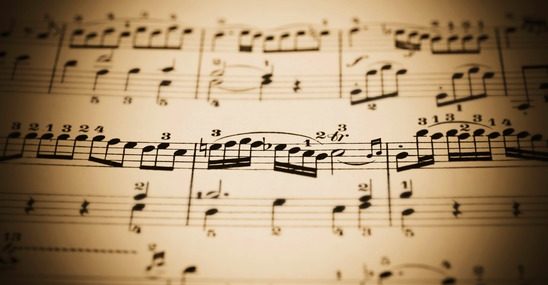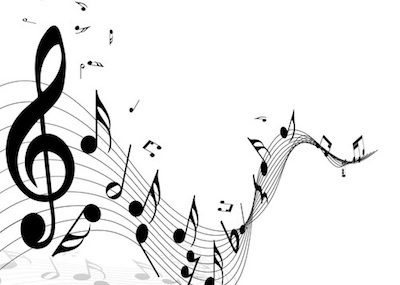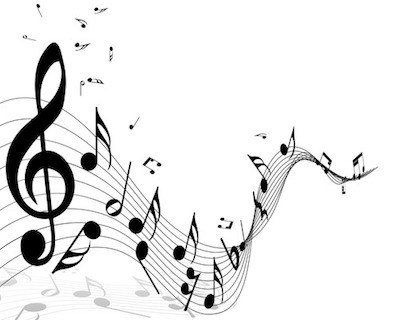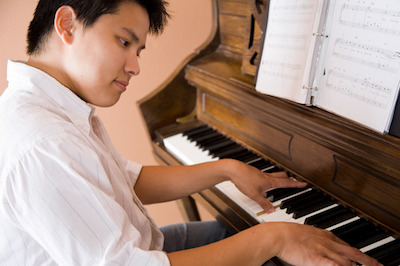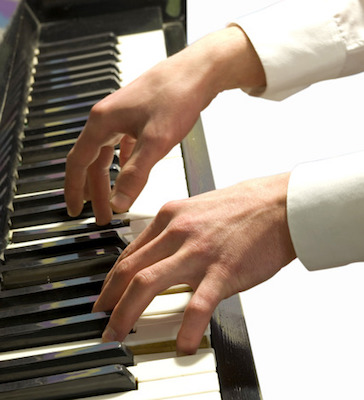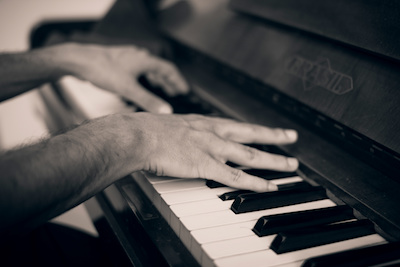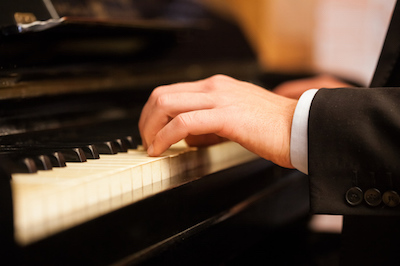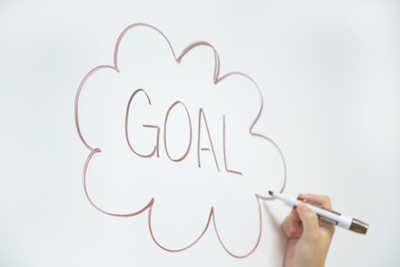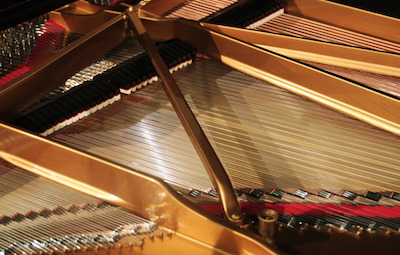Your brain is the control center of your body.
The right brain processes information in an intuitive, creative, and engaging manner. The left brain processes information in an analytical, thinking way. This is the side that controls your verbal and mathematical skills. The corpus callosum connects the two hemispheres together and facilitates the communication between the two.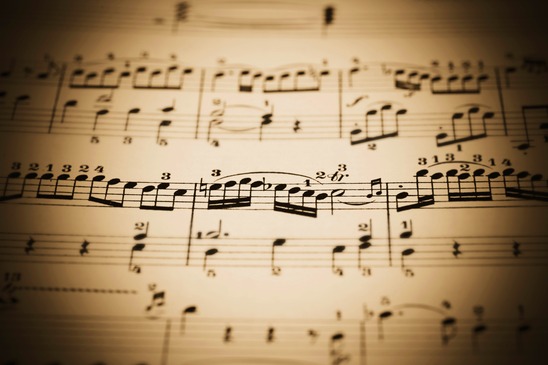
In recent years, studies are showing just how powerful music is to our well being. Music impacts the human brain in a variety of ways.
Music has the potential to alter a person’s state of consciousness. With music therapy, for instance, it’s possible to shift perception of time from virtual time, perceived in the left brain, to experimental time, with is perceived through memory. Virtual time is described in hours, minutes and seconds, while experimental time is based on memories throughout our lives.
Music can also allow communication between the left and right brain to take place. Music may activate the flow of stored memory. When the right and left brain hemispheres come together to work in harmony, it triggers a therapeutic nature to flow between the two sides of the brain.
Have you ever heard the music … even when there isn’t any music playing? That’s because imagining music can activate the auditory cortex almost as strongly as listening to it.
Music can also trigger synesthesia when one sense activates a perception in another sense. If you experience music synesthesia, you may begin to see color, smell something, experience a taste, or feel a change in the environment all from the music you hear playing. That’s why music can transport us back in time, take us to places that have significance in our personal lives.
Music also triggers creativity. Do a search for many apps, programs, and playlists that use music as a single trigger. Highly creative people have a different pattern of brain waves than normal or non-creative individuals. Music stimulates both alpha and theta waves in the brain. Big bursts of alpha brain waves induce creativity. Combine them into music you listen to every day to heighten your awareness to the creativity within.
